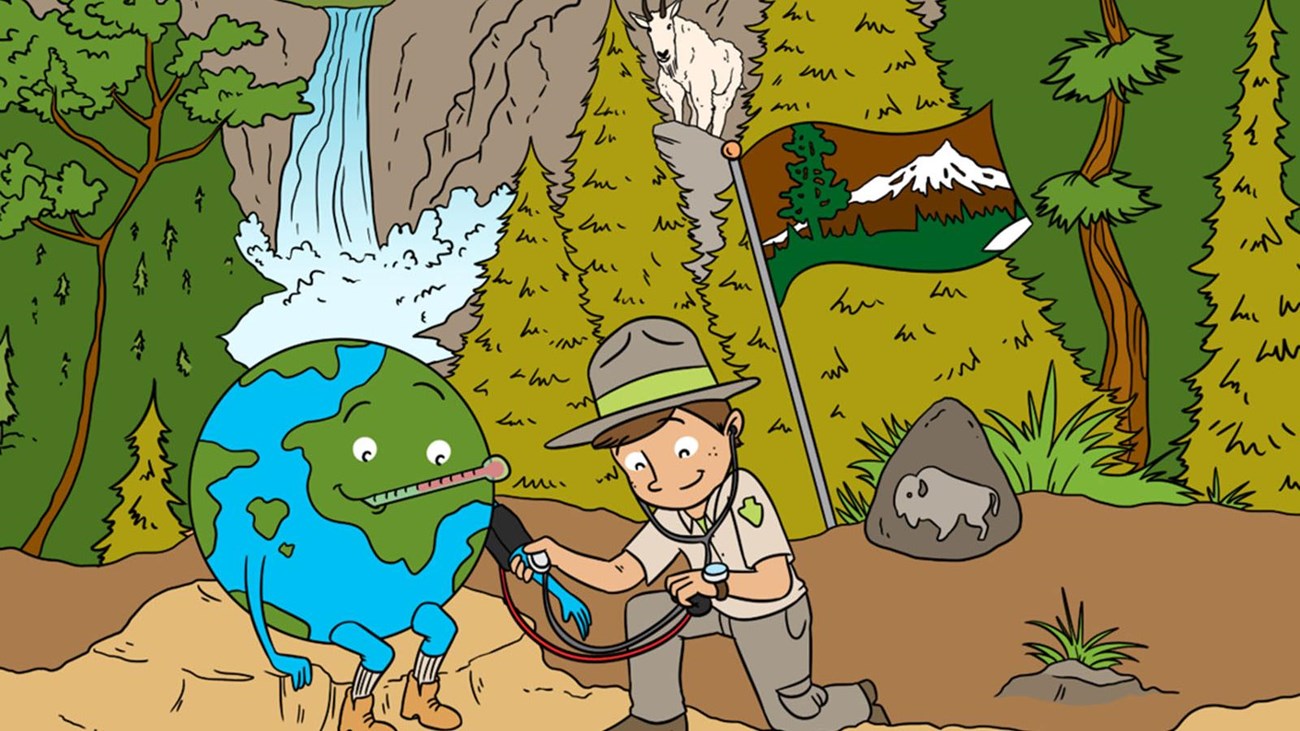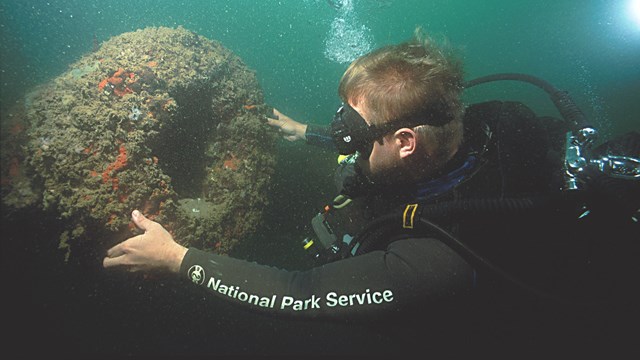If there is one thing that is constant in our national parks, it is change. For example, forest structure changes as the trees in that forest age or as a wildfire roars through. Bird populations may change in response. Erosion can shift stream channels or expose previously undiscovered archeological or paleontological sites. The number of visitors to parks is also in constant flux.
Understanding the changes taking place in our parks is key to protecting them for future generations. National Park Service scientists implement all manner of monitoring programs to keep track of what is changing. They also try to answer related questions about how and why changes happen. Explore what they’re monitoring, what tools and techniques they’re using, and what they’ve learned so far.

Through careful, consistent long-term monitoring, we can detect if park resources are stable or might be changing.

Condition assessments synthesize data about natural resources to inform planning and stewardship activities.

How do we know if parks are healthy? We monitor their vital signs, of course!

How do park visitors use park lands? Socioeconomic monitoring helps the National Park Service find out.

Monitoring the impacts of climate change on cultural resources helps park managers anticipate and adapt to change.

Learn which parks participate in global monitoring of the effects of climate change on alpine vegetation and soil, and why.
Explore examples of monitoring in our parks
Last updated: November 22, 2022
